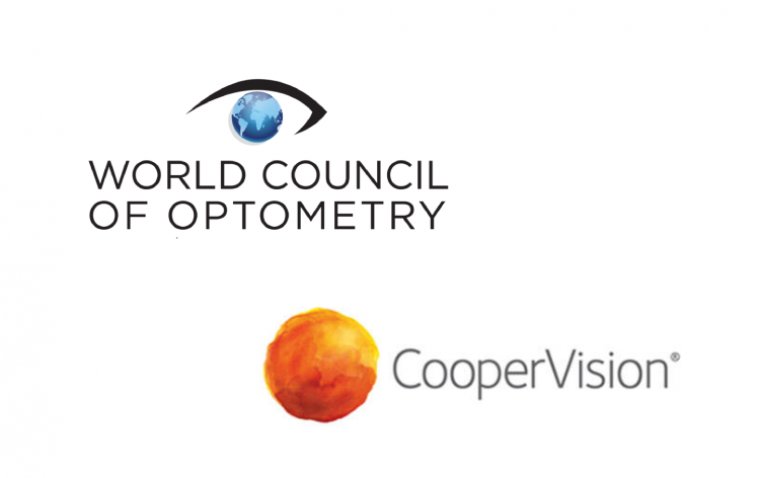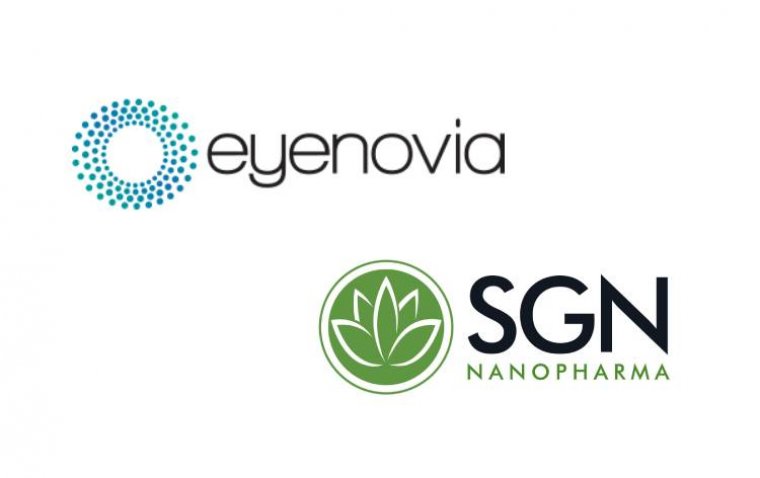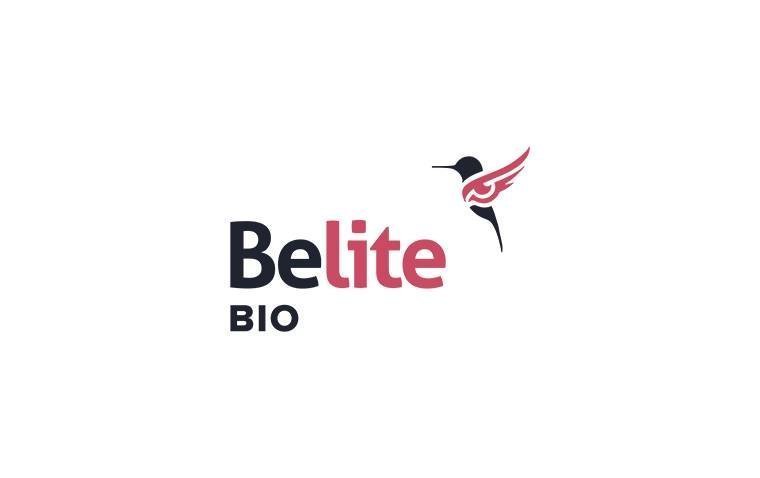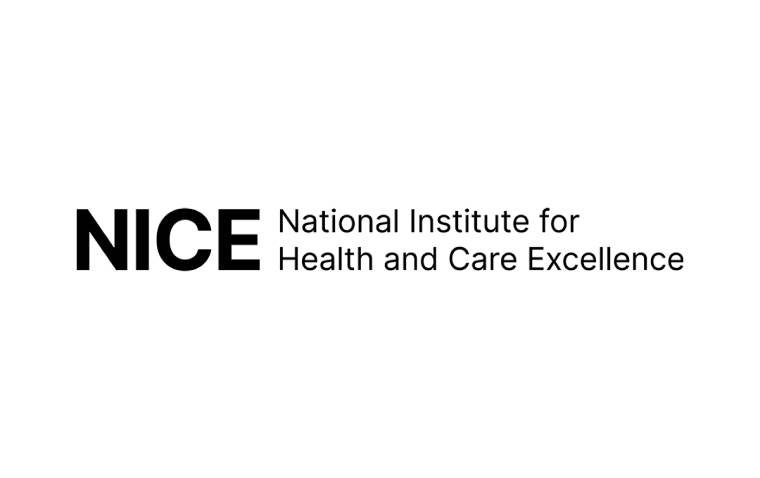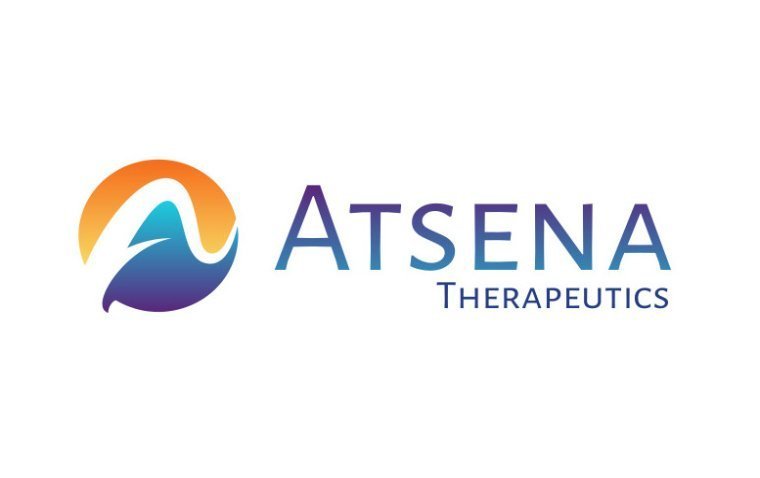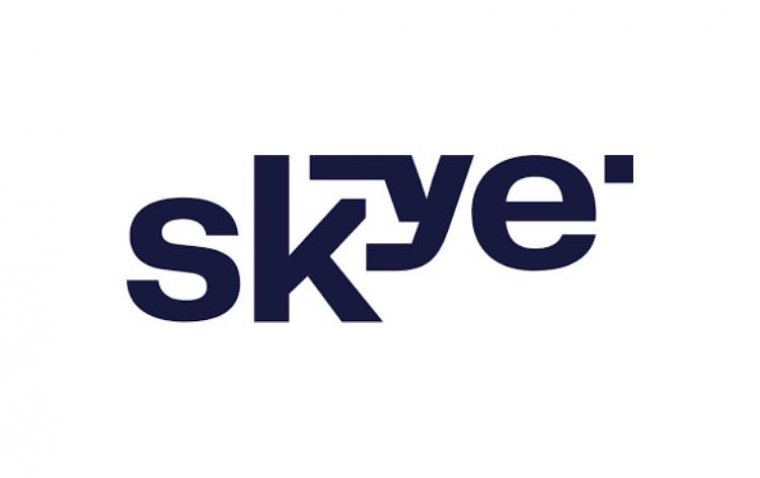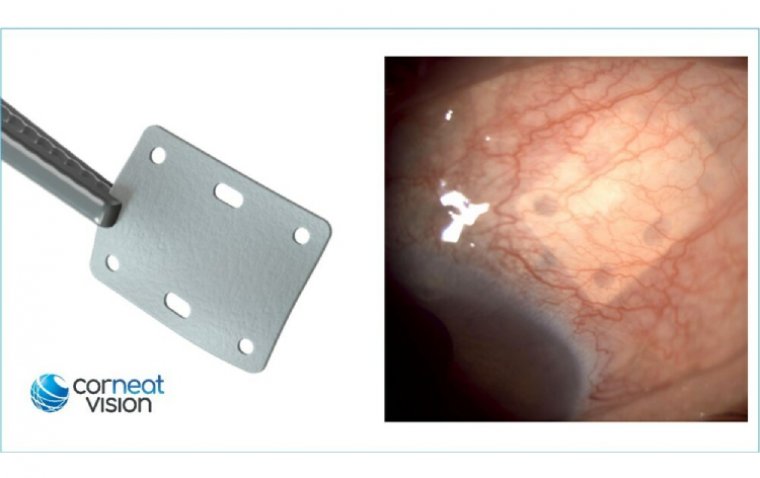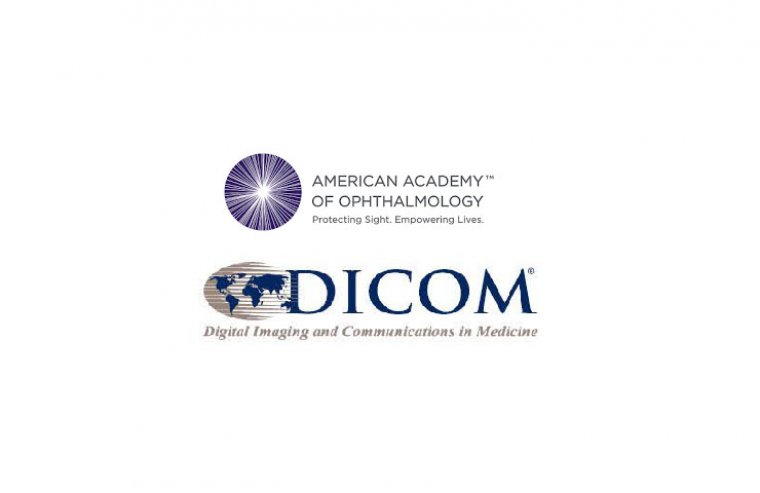
Recommendations By AAO For Standardization Of Images In Ophthalmology
April 12, 2021
Ophthalmic imaging device makers have been urged to standardize image formats in order to adhere to the Digital Imaging and Communications in Medicine (DICOM) standard, according to a recent report by the American Academy of Ophthalmology.
By establishing a uniform platform that allows communication between doctors and institutions, the standardization of imaging data is an essential component of the infrastructure that will raise the level of care. The international and American standards for medical imaging are known as DICOM. According to a press release from the AAO, widespread adoption of a uniform standard can transform ophthalmology practices by fostering more effective patient care, enabling the development of extensive datasets for research and big data analyses, and creating algorithms for machine learning and artificial intelligence.
The American Society of Retina Specialists, the Asia-Pacific Academy of Ophthalmology, the Royal College of Ophthalmologists, and the Royal Australian and New Zealand College of Ophthalmologists have previously accepted this recommendation. Aaron Y. Lee, MD, MSCI, the lead author, makes it very evident that the current lack of uniformity in ophthalmology is impeding advancement in the field.
“One of the most important issues limiting clinical and research progress in the field of ophthalmology is the lack of standards for imaging and functional testing,” Dr. Lee said. “The new horizon of tools for digital healthcare rely on being able to interact algorithmically and extract data at scale. Right now, there has been great progress with electronic health record data becoming standardized and available directly to patients, but the same has not yet happened for imaging and functional testing data that we routinely collect in our clinics.”
The Full Text Of The Report
It is challenging to communicate image-based data with accuracy and dependability in environments where there are numerous proprietary devices and data storage methods in use. Without developing a unique interface, there is currently no simple way to transfer digital imaging data from one manufacturer's equipment to another. The ophthalmic community will benefit most from the use of standards for digital image formats.
The Digital Imaging and Communications in Medicine (DICOM) standard, which contains a set of universally accepted ophthalmological standards, is acknowledged in the United States and throughout the world as the benchmark for medical imaging.
According to the American Academy of Ophthalmology, producers of ocular imaging devices should standardize image formats to adhere to guidelines already developed by the Academy in partnership with manufacturers, such as the following:
- Ultrasound (DICOM Supplement 5)
- Ophthalmic photography devices (DICOM Supplement 91)
- OCT equipment (DICOM Supplement 110)
- Keratometers and autorefractors (DICOM Supplement 130)
- Reporting of macular grid thickness and volume (DICOM Supplement 143)
- Optical biometry devices (DICOM Supplement 144)
- Visual field perimetry testing equipment (DICOM Supplement 146)
- Optic nerve head topography and retinal thickness mapping devices (DICOM Supplement 152)
- Corneal topography equipment (DICOM Supplement 168)
- Wide-field ophthalmology photography devices (DICOM Supplement 173)
- OCT angiography (DICOM Supplement 197)
- Key measurements in Encapsulated PDF (DICOM Correction Proposal 1811)
By encouraging interoperability, enabling the creation of extensive datasets for research and big data analyses, and developing algorithms for machine learning and artificial intelligence, adherence to standardization would advance the needs and interests of ophthalmologists, their patients, and the quality of clinical care.
Background
By establishing a uniform platform that allows communication between doctors and institutions, the standardization of imaging data is an essential component of the infrastructure that will raise the level of care. When uniform standards are utilized to convey photos among the healthcare facilities patients visit, patients can receive more effective care. When commercial organizations adhere to a clearly defined level of performance and consumers of these items buy gadgets that comply with these standards and meet these requirements, the establishment of standards will also increase physician or enduser confidence. Standards save money that would have been spent on developing product specifications and service criteria, which benefits producers as well.
Interoperable items are more readily available on a worldwide scale thanks to international standards. More effective communication and care coordination will ultimately benefit payers and patients, maybe with lower healthcare expenditures. Medical imaging in Picture Archiving and Communications Systems (PACS) outside of electronic health record systems was not addressed by the 21st Century Cures Act, which was signed into law on December 13, 2016 (Public Law No. 114-255). Instead, it included provisions to promote greater interoperability of electronic health records and to prohibit data blocking.
The response to comments on the Cures Act notes the following about imaging: “.In the context of imaging, if the only EHI (electronic health information) stored in or by the product to which this certification criterion applies are links to images/imaging data (and not the images themselves, which may remain in a PACS) then only such links must be part of what is exported.”
Due to the requirement for storage and archiving, the majority of ophthalmic clinics save the real images on PACS. According to the Academy, the native format of the PACS should support the standardized DICOM format for data sharing, interoperability rules to encourage medical image sharing, as well as in the US Core Data for Interoperability. The raw images themselves and the accompanying metadata should also be included. The DICOM standard is a thorough specification that outlines how to format and communicate images and related data, including the language that explains the image, patient demographic data, the image acquisition methodology, and any pertinent imaging study outputs (e.g., algorithmically derived measurements and the associated results). This standard is applicable to how an imaging device's interface handles data entry and output.
In technologies like computed tomography, magnetic resonance imaging, positron emission tomography, nuclear medicine, ultrasound, x-ray, digitized film, video capture, and various cameras, it depends on media devices and computer network connections that address picture communication and storage. This standard is endorsed by business and professional associations, as well as globally by the Committee European de Normalization and the Japanese Industry Association for Radiation Apparatus. It has been included into almost every radiology, cardiology, and radiotherapy device. By facilitating digitized patient processing, promoting the exchange of big datasets, and producing enormous training sets for machine learning, this widespread use in radiology has transformed radiology procedures.
However, ocular imaging systems have a low level of DICOM compliance. Even so-called DICOM-compliant equipment fall short of requirements due to important restrictions, like the inability to include patient identification in images.
The Academy has previously made great use of its resources to promote standard-setting activities and to create standards in conjunction with device makers.
Recommendations
The Academy actively urges PACS and imaging device makers to adopt current DICOM standards. Here are two concrete examples of implementation that ophthalmologists would profit from:
-
Provide machine-readable, discrete data for reports of functional testing or ophthalmic imaging that consumers have chosen.
-
To encode the identical raw data as used by manufacturers, employ lossless compression for pixel or voxel data.
The Academy's efforts are concentrated on assuring interoperability, or the capacity to have a seamless interface that facilitates the communication and comprehension of image data between 2 parties, in order to make medical technology more relevant to the demands of the end user, the ophthalmologist. The field of ophthalmology can advance quickly toward effective electronic workflow, interoperability, and artificial intelligence systems once ophthalmic imaging device manufacturers adopt internationally advised standards. This will enable it to meet an increase in demand for ophthalmic services from the general public.
(1).jpg)
